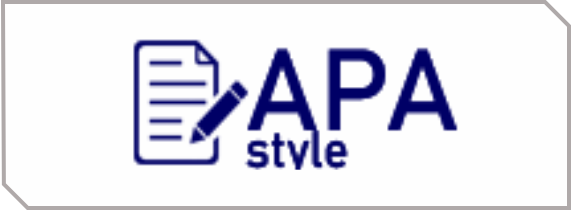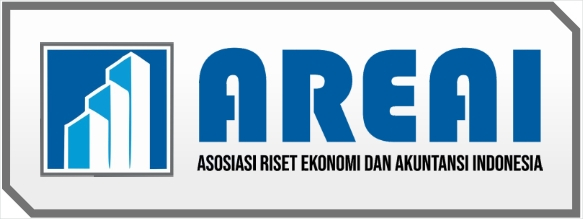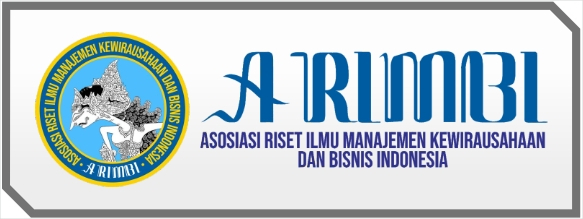Shipboard Safety Familirization, Langkah Awal Manajemen Keselamatan Bekerja Di Atas Kapal
DOI:
https://doi.org/10.47861/sammajiva.v1i4.564Keywords:
Ships, New Seafarers Joining, Safety, SecurityAbstract
One of the uniqueness and challenges of seafarers in working on a ship is transferring from one ship to another, where each ship is different so that the risks or dangers of each ship also vary. The purpose of this research is to find out the initial steps for seafarers who have just joined work, so that they are familiar with their new ship (safety equipment, equipment and work procedures, etc.) as well as the potential dangers that may occur including alarms, tasks and actions in dealing with these distress situations. The research uses a literature review method, with references to national and international regulations in the maritime sector, maritime publications, journals, books and other relevant sources. The results of the research, Shipboard Safety Familiarization is an obligation that must be given to crew members who have just joined a ship, even though by standard Seafarers before working on a ship already have knowledge and skills related to safety equipment, firefighting, medical, effective communication, and distress conditions. (from alarms, fastest refugee routes, to actions that must be implemented). Familiarization is provided by the Captain or appointed Officer and the Crew they replace regarding safety equipment and work equipment, Duties and Responsibilities according to position and when there is a Danger situation, rules and decisions regarding Work Safety and Security of the Company that operates the ship with a gradual duration of time
References
Eliopoulou et al. (2016). Statistical analysis of ship accidents and review of safety level.
Familiarisation Checklist, Form Smm 005, Bsm
John Emmanuel (2022), Sea Experience; For New ship crew – Here are Important things to consider during ship familiarisation; https://marineandoffshoreinsight.com/ship-board-safety-and-emergency-orientation/
Lutz Kretschmann, Leading indicators and maritime safety: predicting future risk with a machine learning approach, Journal of Shipping and Trade 5, Article No. 19 (2020)
M. Oldenburg, X. Baur, C. Schlaich, Occupational risks and challenges of seafaring, J. Occup. Health 52 (2010) 249–256, http://dx.doi.org/10.1539/joh.K10004.
Nielsen D (1999) Deaths at sea—a study of fatalities on board Hong Kong-registered merchant ships (1986–95). Saf Sci 32(2–3):121–141. doi:10.1016/S0925-7535(99)00016-8
Pierce Skrabanek (2016), 10 Bahaya Utama Pekerjaan Maritim, https://www.pstriallaw.com/legal-news/the-dangers-of-maritime-work
Raunek, procedure-for-ship-familiarization-for-new-crew-members-on-ships, 01 Sept. 2019, https://www.marineinsight.com/marine-safety/procedure-for-ship-familiarization-for-new-crew-members-on-ships
Revised ISM Code Effective as from 1 January 2015. Available from: https://www.classnk.or.jp/hp/pdf/activities/statutory/ism/ISM_Cd/ISM-Code-e.pdf [Accessed 25th October 2017]
Roberts, Stephen E., D. Nielsen, Andrzej Kotłowski, and Bogdan Jaremin. 2014. Fatal accidents and injuries among merchant seafarers worldwide. Occupational Medicine 64: 259–66. [Google Scholar] [CrossRef][Green Version]
Rothblum A.M., Wheal D., Withington S., Shappell S.A., Wiegmann D.A., Boehm W., Chaderjian M., Human Factors in Incident Investigation and Analysis. Proceedings of the 2nd International Workshop on Human Factors in Offshore Operations (HFW200), 8 – 11 April 2002, Houston, TX. Available from: http://www.dtic.mil/dtic/tr/fulltext/u2/a458863.pdf [Accessed 22nd October 2017]
Rothblum AM, Wheal D, Withington S, Shappel SA, Wiegmann DA (2002) Improving incident investigation through inclusion of human factors (pp. 6–7)
S. Tvedt, H. Oltedal, B.M. Batalden, M. Oliveira, Way-finding on-board training for maritime vessels, Entertainment Computing 26 (2018) 30–40, https://doi.org/10.1016/j.entcom.2018.01.002, E-mail address: st@simsea.no (S. Tvedt). 1875-9521/ © 2018 Elsevier B.V. All rights reserved.
Safety Familiarisation Checklist , Version: 1.0, Date: 20/07/16, Manta Maritime
Sarwono, J. (2006). Metode Penelitian Kualitatif dan Kuantitatif.
Shahrokh K., Familiarisation on board. 2015. Available from: http://www.healert.org/filemanager/root/site_assets/standalone_article_pdfs_0905-/he01110.pdf [Accessed 15th June 2017]
Shipboard Familiarization Checklist(27.03.2009), S – 18, Gblt Ship Management Pte. Ltd Singapore
Shipboard Safety And Security Tour Familiarization, Sms-07-01, May Maritime Service Sdn Bhd
SOLAS 1974 Chapter IX
Section A-VI/1 Mandatory minimum requirements for safety familiarization, basic training and instruction for all Seafarers, STCW 2010, www.imorules.com
Sugiyono. (2017). Metode Penelitian Kuantitatif, Kualitatif, dan R&D. Alfabeta CV.
Vidan P., Bukljaš Skocibušic M., Rubic J., Effects of new technologies on human errors. Proceedings of the 17th International Conference on Transport Science, 21-22 May 2015, Portoroz, Slovenia. 2015. p. 554-562.












